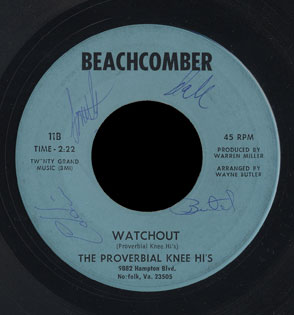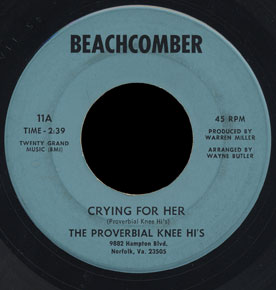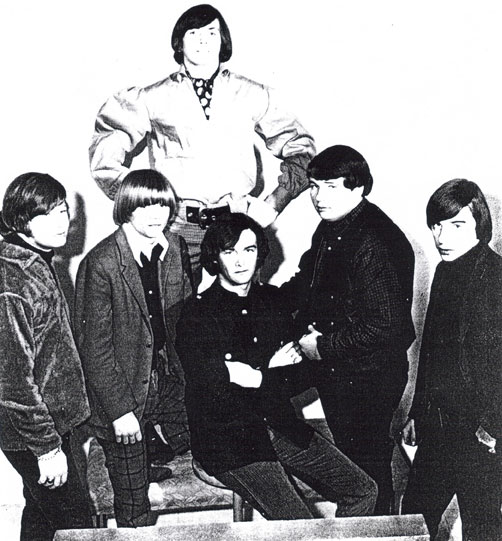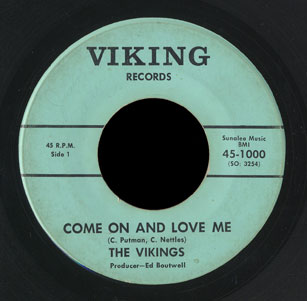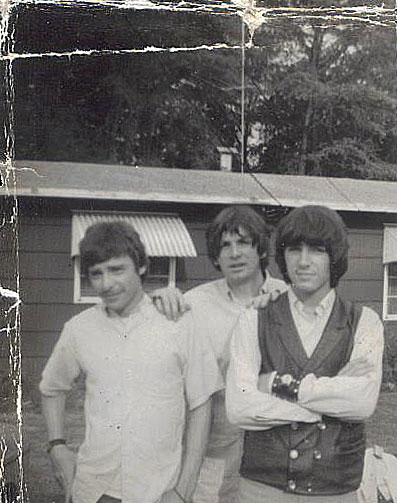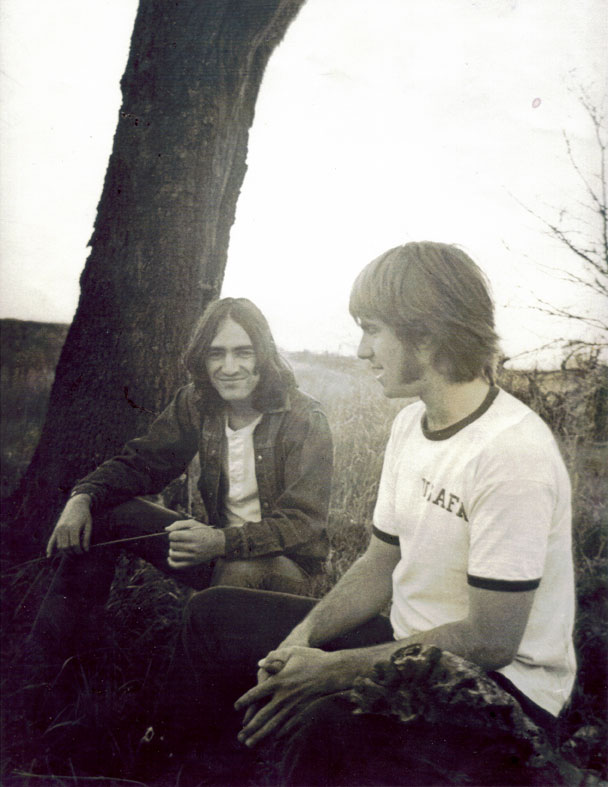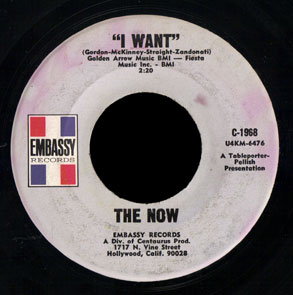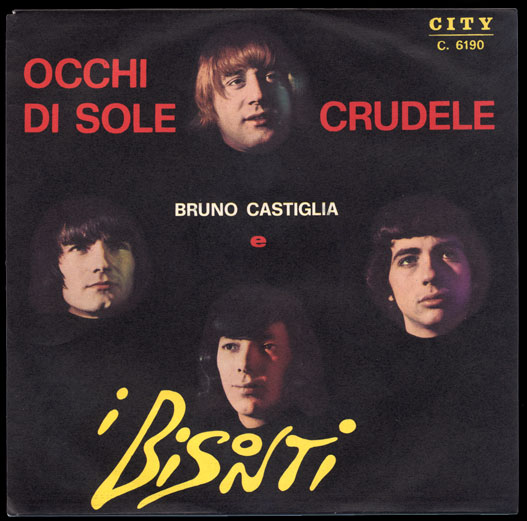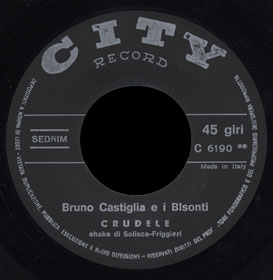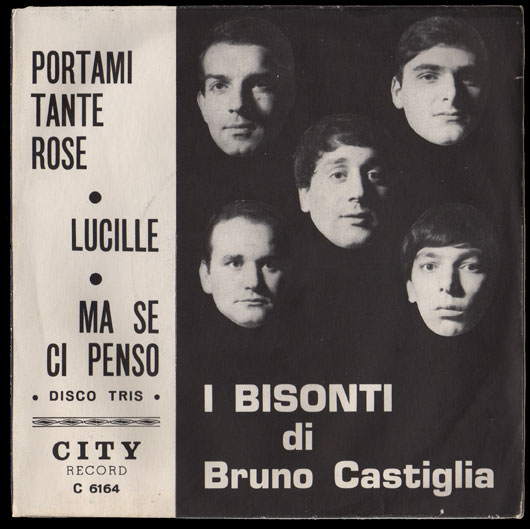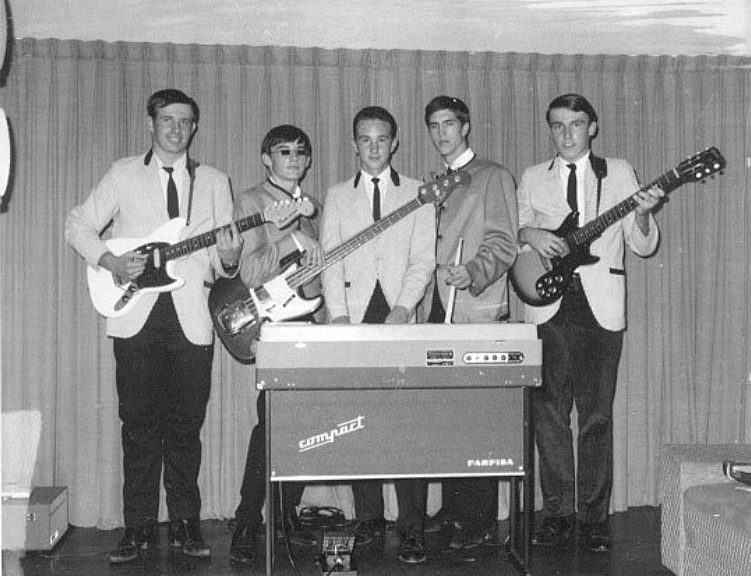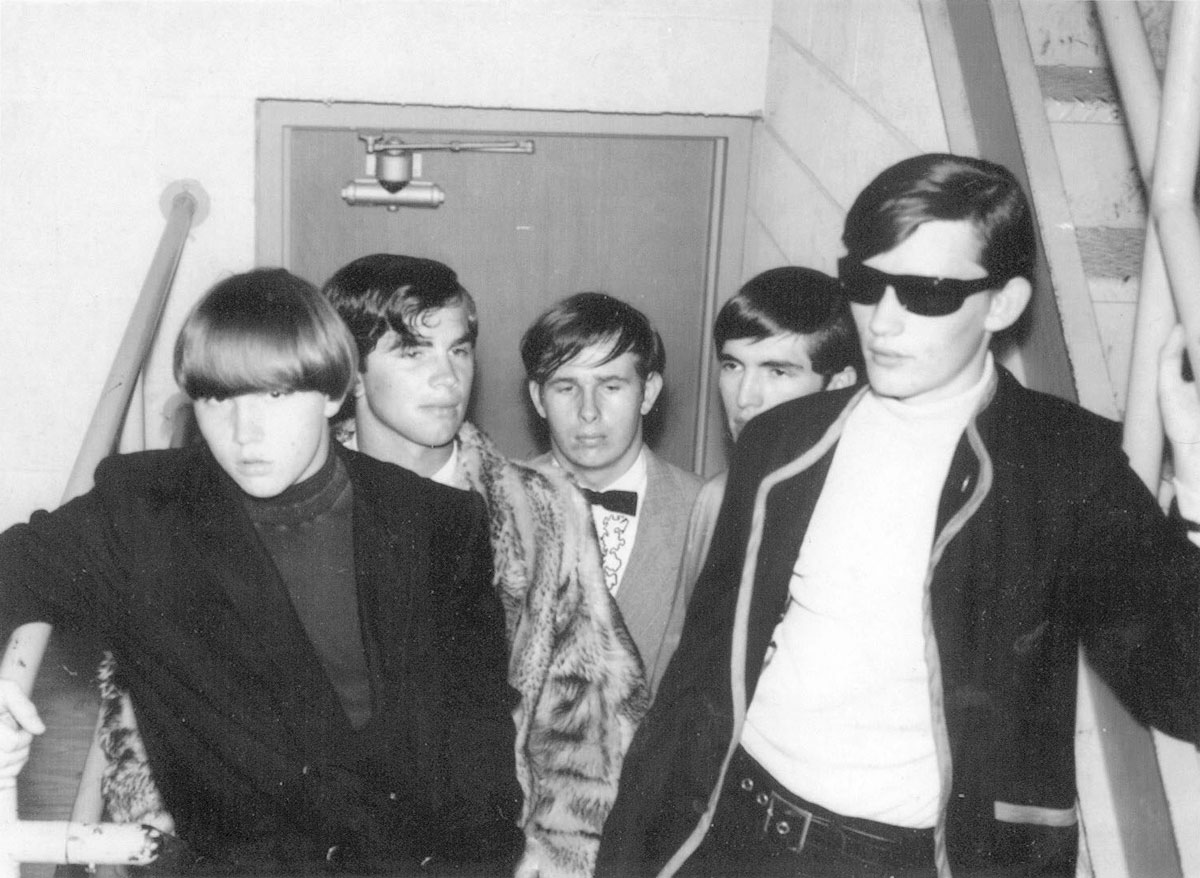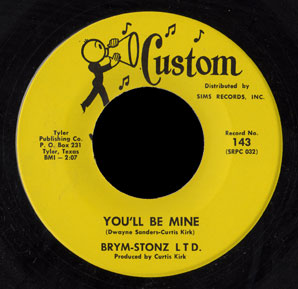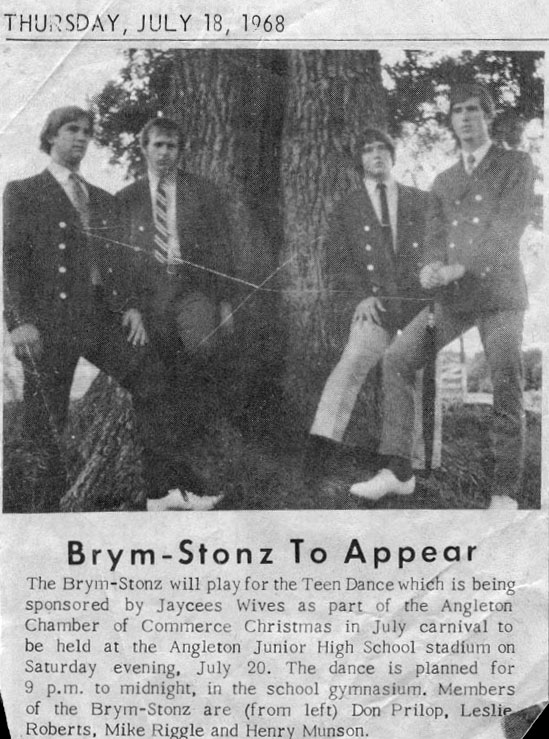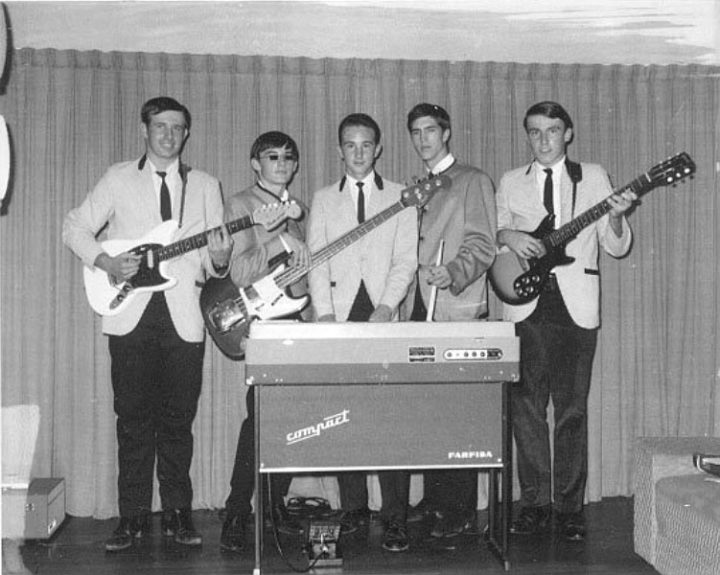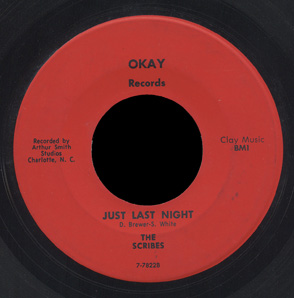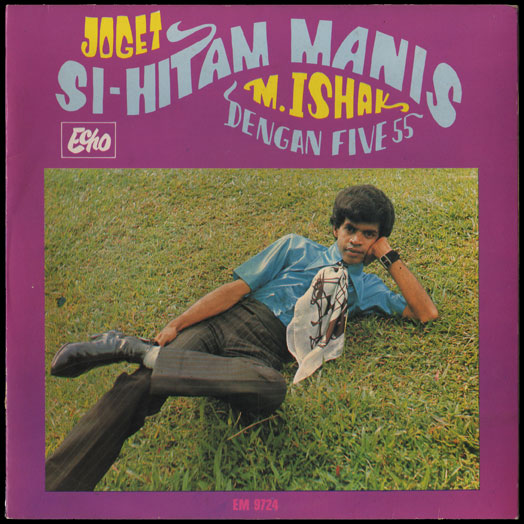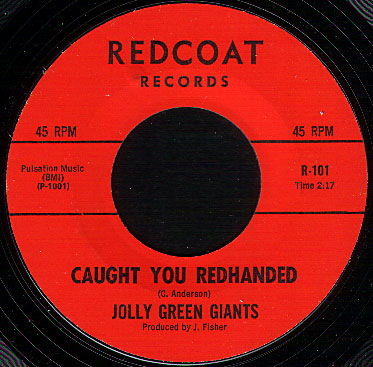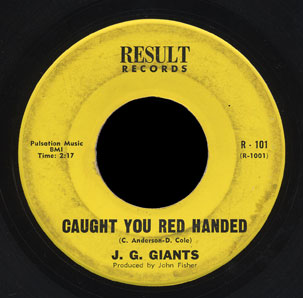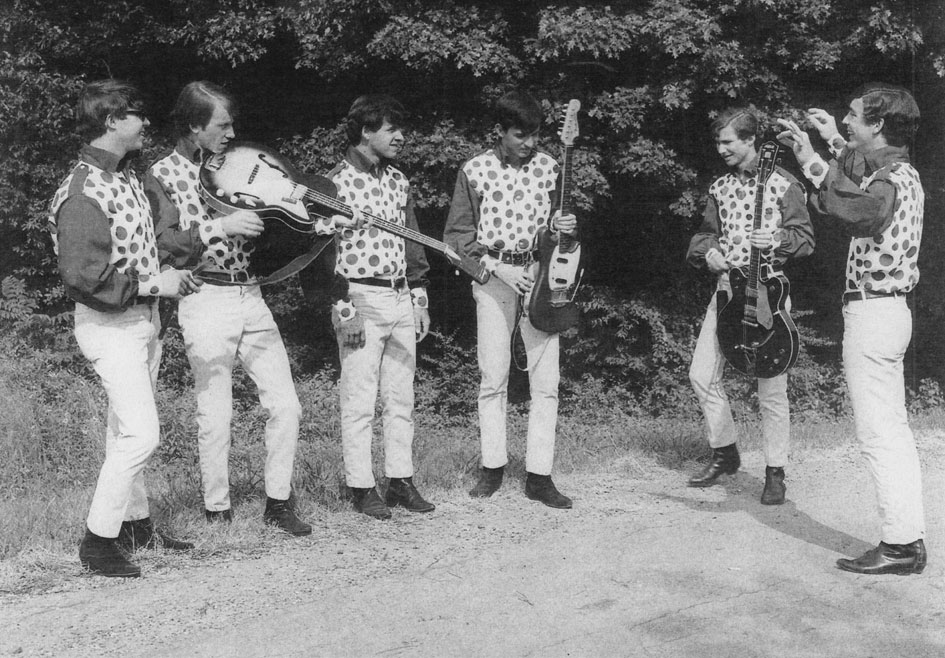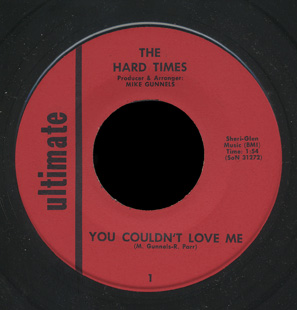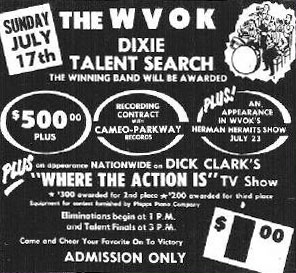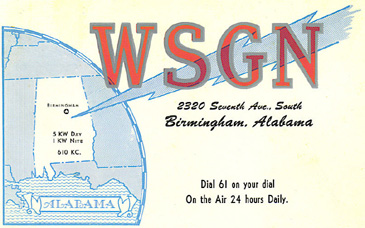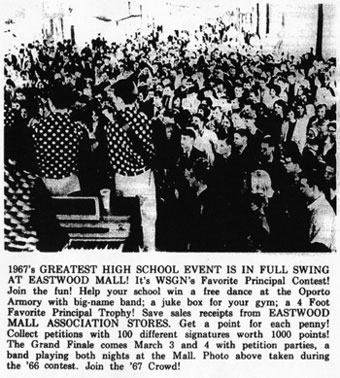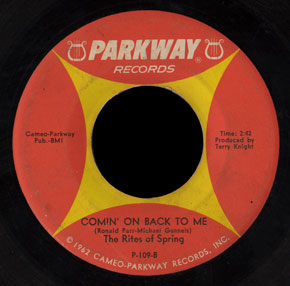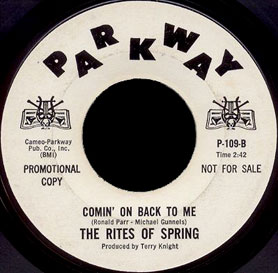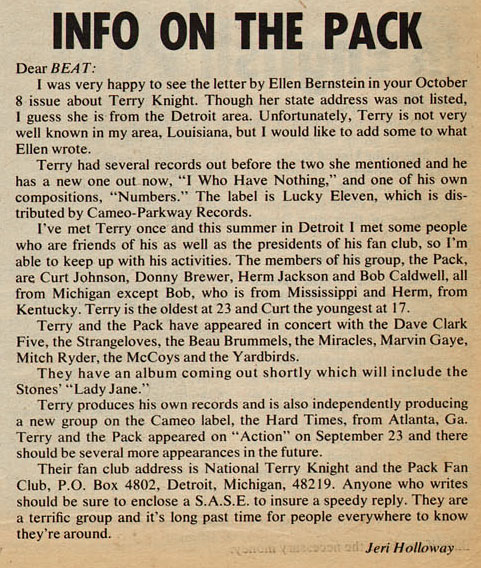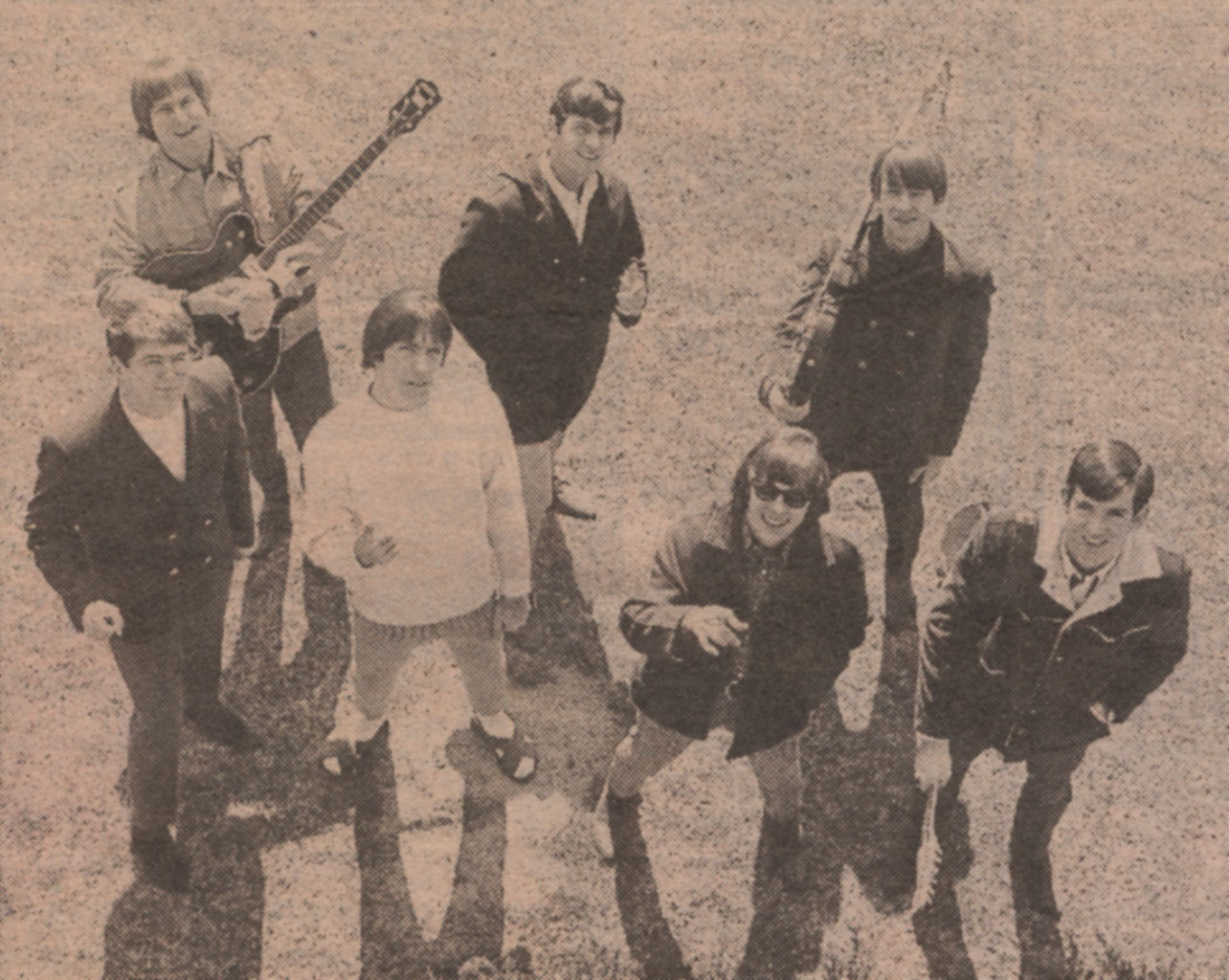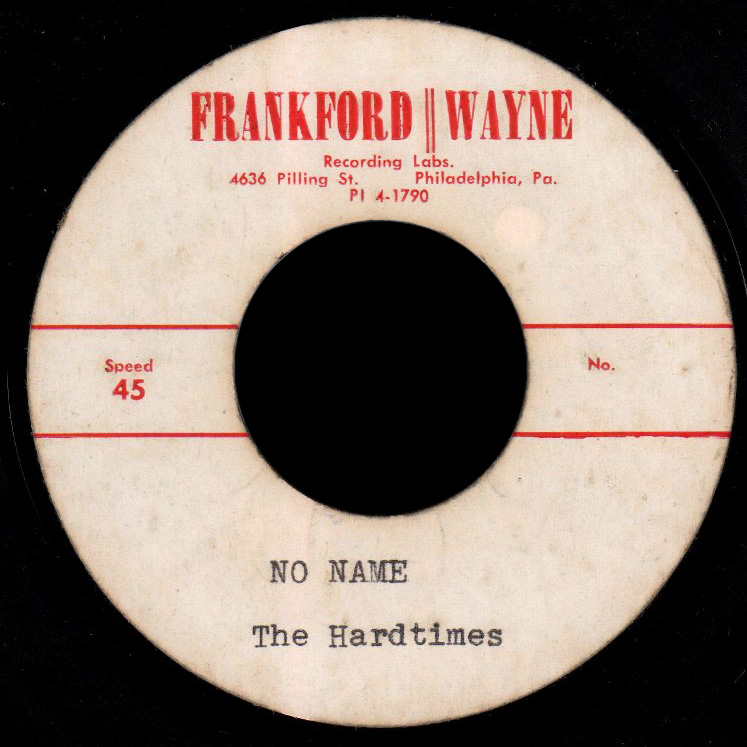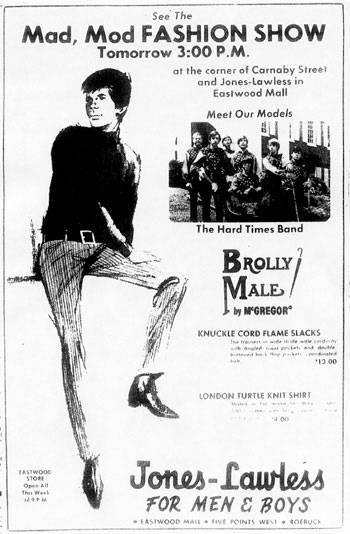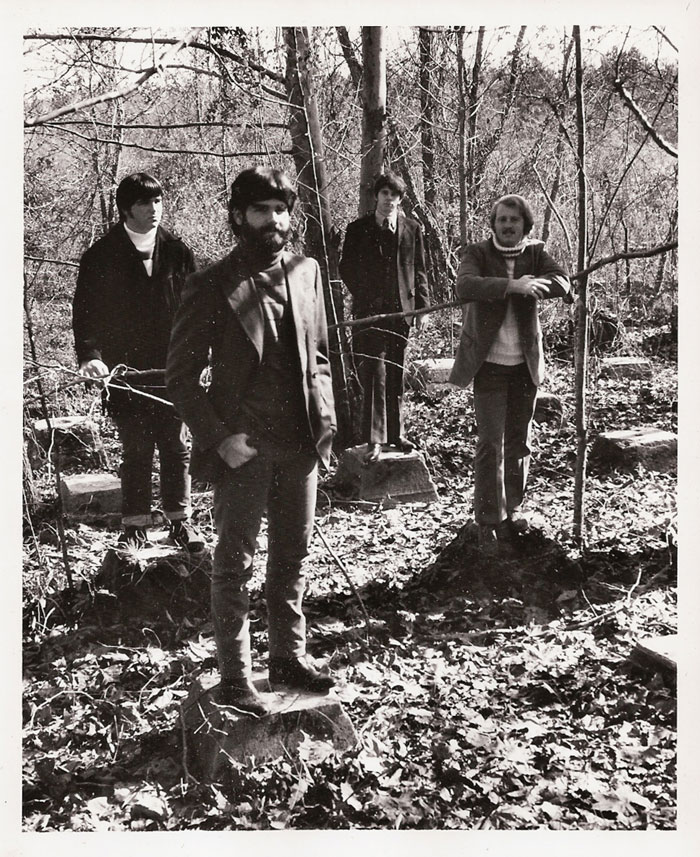
 The Morning Sun formed when the Beaumont, Texas group the Six Deep broke up in 1967. From the Six Deep were Bob Welch bass, David Everett guitar and Bill Donley drums, and with them were Don Lackey lead guitar and Jeff Griffin on keyboards.
The Morning Sun formed when the Beaumont, Texas group the Six Deep broke up in 1967. From the Six Deep were Bob Welch bass, David Everett guitar and Bill Donley drums, and with them were Don Lackey lead guitar and Jeff Griffin on keyboards.
One reason this 45 is interesting is each side was recorded by separate groups with no members in common! The a-side, an excellent hippie pop-psych song “Let’s Take a Walk in the Woods”, was written by Bob Welch, and produced by the lead guitarist Don Lackey at Lowland Studios.
The harder-edged “Dark Hair” was written by Jack Grochmal and produced by Freddie Piro at Valley Recording Studios. Both Grochmal and Piro were based in California, where they ran Mama Jo’s Studio (Jack was an engineer there). I feel that both sides compliment each other and sound like they could almost be the same band.
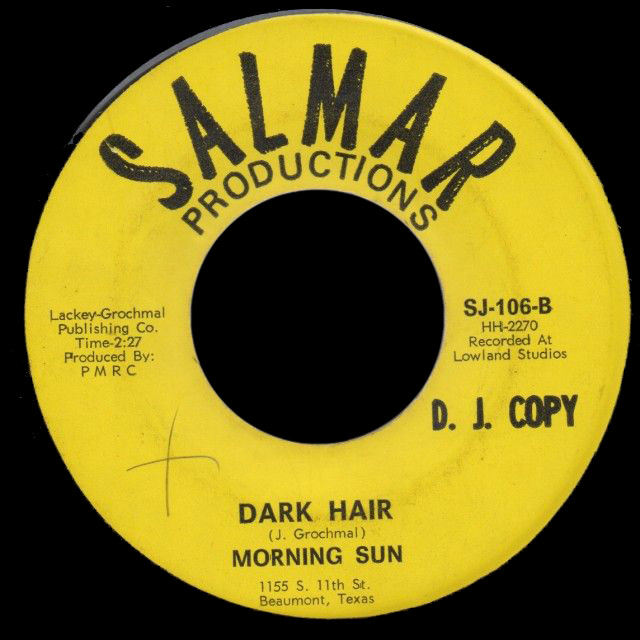 The first release was on the Salmar label from Beaumont, listing Lowland Studios on both sides. The National General release is supposed to have better fidelity than the Salmar, but I don’t have the Salmar to compare.
The first release was on the Salmar label from Beaumont, listing Lowland Studios on both sides. The National General release is supposed to have better fidelity than the Salmar, but I don’t have the Salmar to compare.
I recently spoke to bassist Bob Welch, who provided me with the photo of the band and a fascinating history of the band:
The band was actually named “Mourning Sun” – when the 45 was pressed by National General, they screwed it up, but oh well, at least we got a release outside of our region.
The lineup of the band was myself on bass, Don Lackey and David Everett on guitars, and Bill Donley on drums. Everett, Donley, and I were remnants of Six Deep. Lackey joined us after returning to Beaumont from a year’s gigging out in LA where he and Jack Grochmal worked in clubs in the South Bay area and also did session work with Freddie Piro at National General, the then nascent label of Universal. Jack followed Don back to Beaumont, sat in on a few gigs and recording sessions with us and was instrumental in getting Piro to release the song.
Unlike Six Deep which was a showy, high-energy, no-holds-barred band, Mourning Sun was much more sedate and serious on stage. We did a lot of covers but not verbatim… sort of like a Vanilla Fudge… in a way, we were a bit more experimental and a lot more into the LA sound… that was the Lackey influence. Six Deep would have never done a song like “Let’s Take a Walk in the Woods”. The song came about from the title of a poem written by another good friend of mine, Bob Hanson – the title is the only thing in common, but that’s where it originated.
We originally recorded a cut of “Let’s Take a Walk in the Woods” at Robin Hood Bryan’s in Tyler (where Six Deep recorded)… that cut was much nicer in terms of sonic quality. However, the guy that funded that session absconded with the master as well as another tune titled “Tuesday Woman”… and we never saw or found him again. So, when the opportunity came up with Freddie Piro, we quickly re-cut the song at Lowland. That’s the one you have… “Dark Hair”, the B side, was written and performed by Jack Grochmal in LA… in the haste to get the deal done with Piro, Jack agreed to put his tune (which Freddie had produced) on the flip.
Lowland Studios was in Pt. Neches, Texas – a small community located between Beaumont and Pt. Arthur. It was owned by Mickey Rouse, who played bass in several R&B (i.e., soul with horn sections) bands – bands with names like The Boogie Kings, Counts of Soul, The Rhythm Aces, etc.. It was just down the street from another important landmark, that being Volpi Music – an old line musical instruments store, it’s where everyone went to get their guitars, amps, etc. – the Volpi’s were an elderly couple who “adopted” all us misfits and gave us better deals than we deserved on our gear.
The studio business was primarily for jingles and demo recording but the space was also large enough for rental as a rehearsal hall. Mickey had 2, 4, and 8 track machines with a 24 channel board that he’d cobbled together, a full set of Neumann mics, a drum isolation booth, a vocal room, some old spring reverb units, nothing fancy… it hissed and sputtered along… wasn’t the quietest room you’d hope for, but it gave us a great place to try stuff out while lending him a hand on jingle production. He was good about doing that for local musicians and bands… allowing us to cut tracks there in exchange for services on jingles and as session players on more serious stuff he was doing with the R&B crowd.
We were very fortunate to have access to the facility and the comraderie and mentoring with Mickey. On occasion, one or both of the Winters brothers or members of their bands would drop in for a jam when they were in town… that was always a treat. We recorded quite a few songs and demos there, nothing though that was ever released other than locally. Mickey closed the studio and went on to have a nice career in accounting, owned his own firm, sold it a few years back and went sailing with his wife. Incredibly nice guy that always treated musicians right, but didn’t tolerate nonsense.
The tune “Let’s Take a Walk in the Woods” charted mostly in the Southeast, it was a big hit in the Ft. Lauderdale market and got some air play up and down the Florida coast and into the Carolinas. We had several additional tunes in the can as they say. The label wanted us to go on tour to promote “Walk in the Woods” but we were in no position to do so at the time as we all needed to maintain student status to stay out of the draft. So, they dropped it and us, and the record sank into obscurity and the band broke up shortly afterwards.
We had several follow up songs recorded, including one titled “Where’s Love Gone Today” – a very Hollies-like tune – but as I related earlier, it fell by the wayside when we opted out of any touring/promo commitments. Things sort of went their way then as folks were moving out of the area and heading off in different directions. I stayed around for another year, gigging with a local band called Kirk Williams and the Daytrippers, a nice cover band, but with little of the innovation and creative spirit of Six Deep, et.al. I graduated from college and moved to Houston where I started a career in the semiconductor industry. Fast-forwarding a lot, I recently “retired” from Intel Corporation and live in the Sacramento area.
Jack went on to have a successful 25+ yr career in the recording industry as an engineer/session player/vocal arranger in Nashville. He’s really about the only guy I know from that time in our circle who managed to stay the course and make a living in the music biz.
We can only hope those early recordings of “Let’s Take a Walk in the Woods” and “Tuesday Woman” from Robin Hood Brians studio turn up eventually.
In 2010, the Lowland recording of “Let’s Take a Walk in the Woods” was reissued from an original tape on the LP and CD Local Customs: Lone Star Lowlands, a compilation of various acts that recorded at Lowland Studios. Also included are an unreleased Mourning Sun song, “Where’s Love Gone Today” and three by Bobby Welch, “Benshaw Glenn”, “Yellow River” and “Laughing Girl”.
Thank you to Bob Welch for the detailed history and photo of the band.
Thanks also to Borja for the scans of the Salmar 45.

